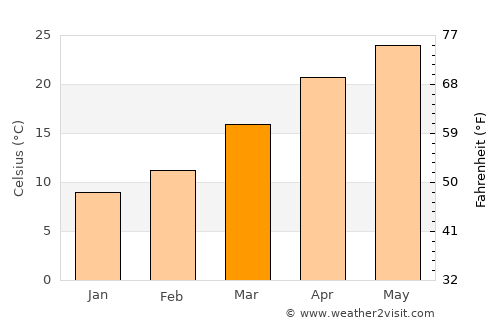

But evaporation isn’t as effective when there’s too much moisture in the air. That’s because the body cools itself through the evaporation of sweat from our skin. Humidity brought in by southeast winds from the Gulf can alter our perception of outdoor heat by making everything feel hotter. Houston’s proximity to the Gulf of Mexico makes their heat feel hotter, whereas Austin’s inland location keeps it remarkably drier during those summer months. But if you’re considering moving to Austin, you’ll have lots of different options for places to live, from family-friendly suburbs to densely packed urban areas. What is living in Austin Texas like?Īustin is routinely lauded as one of the best places to live in the United States, thanks to its warm weather, thriving economy and bustling cultural scene. On average, Texas has 50 days with thunderstorms each year. The damage can be the same as from a tornado. Strong downbursts produce wind gusts up to 100 mph. How often does it thunderstorm in Austin Texas?Ī downburst is another weather extreme which comes with a thunderstorm when beneath it a rapidly descending current of air is formed. “The capital of Texas continues to receive interest from the tech industry, contributing to a strong job market and high desirability among Americans as a place to live,” U.S. News & World Report named Austin as the No. Is Austin good place to live?įor the third straight year, U.S. Luxury Hotel Austin | Downtown | Four Seasons Hotel Austin. In July and August, high temps often top out at around 100 degrees Fahrenheit (38 degrees Celsius), sometimes for several days in a row. Technically speaking, Austin has a humid subtropical climate, which means it has long, hot summers and typically mild winters. Thunderstorms occasionally bring flash flooding. The heaviest rains occur in May and September. Rainfall averages about 33 inches each year but at times precipitation can be heavy. The area experiences occasional snow as well. Flash flooding is the number one natural disaster threat to this entire area. Does Austin Texas Flood?Īustin is a populated area with great runoff potential in one of the most flash-flood prone regions in North America. Is Austin in drought?Īustin Enters Stage 1 of Drought Contingency Plan. Each year, Austin sees 36.25 inches of rainfall Portland sees 36.91 inches and Seattle sees 39.34 inches of rain per year. How many days of rain does Austin get?Īustin sees far fewer rainy days on average ( around 85) than Portland or Seatttle, where it rains 156 and 160 days, respectively, but sees a similar amount of rainfall per year. On average, February is the driest month with 2 inch (50 mm) of precipitation. On average, May is the wettest month with 5.2 inch (131 mm) of precipitation. What is the rainiest month in Austin Texas? Austin averages around 35.5 inches of rainfall per year, with May, October, and June being the wettest months of the year, in that order. This climate is characterized by long, hot summers and short, mild winters, with warm spring and fall transitional periods.


 0 kommentar(er)
0 kommentar(er)
